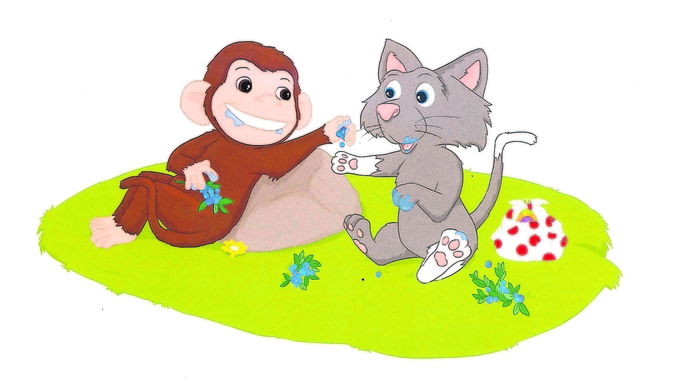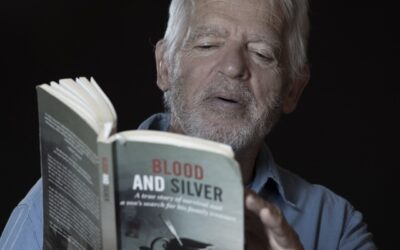The annual Sanlam prize for youth literature attracts welcome additions to young adult literature, particularly the 2013 gold and silver winners, writes Pat Schwartz.
Gold
ALIVE AGAIN by André Eva Bosch (Tafelberg)
Nandi is well on the way to realising her dream of studying law when she leaves school. With a supportive mother, a teacher who recognises her talents and a boyfriend who encourages her she seems to be unstoppable. Until a horrific event sends her into a deep emotional pit from which she believes she cannot emerge.
This is a story of loyalty and betrayal, of violence and violation and, ultimately, of the redeeming power of love.
One would wish that this story could be written off purely as a work of fiction but Nandi’s fictional experience is a reality for many young women in South Africa. The only hope is that they, too, can be helped to endure, overcome and carry on with their lives.
Silver
CHAIN REACTION by Adeline Radloff (Tafelberg)
This clever book, each chapter told from the point of view of a different character, deals with the choices people make and the effect not only on their own lives but on the lives of others.
Divided into two parts, either of which can be read first, it has two front covers. Within them are two versions of the story, each dependent on the action or inaction of the character who starts the chain reaction of the title.
ts themes are the themes of youth – bullying, perceptions of beauty, love real or imagined, and fear of abuse. It offers many lessons, all delivered in a compelling and readable way.
Read-to-me and early readers
SNAIL TRAILS AND OTHER TALES by Pierre Coetzee and Leighton Jones, illustrated by Shân Fischer (Human & Rousseau)
This bright and beautifully illustrated book is perfect for children who are learning to read and for those still being read to. It’s full of easily absorbed information told simply and repetitively and an illustrated vocabulary list at the end of each story will help readers to learn how to spell everyday words.
What a pity, though, that they will also “learn” that earthworms, spiders, butterflies, beetles and other insects fall under the general heading of animals – a basic error which really should not have escaped an editor’s notice.
OLIVER’S OUTLINE by Alan Glass, illustrated by Sandy Lightley (Pan Macmillan)
It’s hard to know at what age group this book, by the team who created the wonderful music and book series Beautiful Creatures, is aimed.
On the face of it, with its full-page illustrations and rhyming text with few words to each page, it is for very young people. But the concepts and vocabulary (words like astute and compute) are way out of that range, so perhaps it’s intended to straddle age groups. Adults will enjoy reading the intelligent text to smaller children and those slightly older will get pleasure from adding to their vocabulary through the glossary provided at the back.
For all ages, though, there is a lesson to be learnt from Oliver, who finds he can conquer his anxieties by going out into the world, locating what the author has termed his “outline” and looking to the future with confidence instead of fear.
NOKO AND THE KOOL KATS written and illustrated by Fiona Moodie (Tafelberg)
This charming story is beautifully and quirkily illustrated and will, no doubt, be enjoyed by young audiences. But isn’t it time South African writers for children moved away from anthropomorphised animals?
via Mail & Guardian
PHOTO CREDIT: SNAIL TRAILS AND OTHER TALES by Pierre Coetzee and Leighton Jones, illustrated by Shân Fischer (Human & Rousseau)






